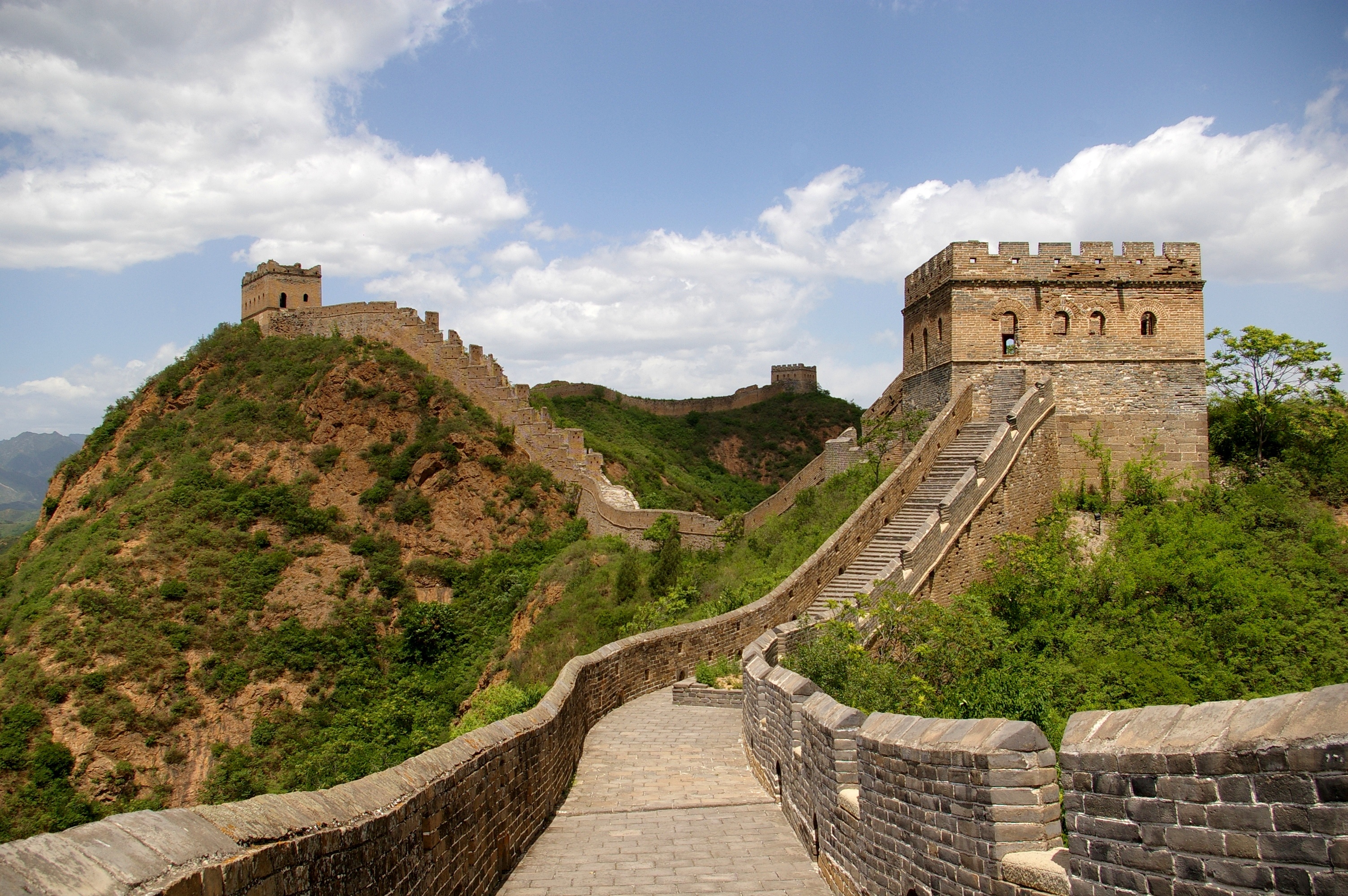
Walls are all the rage now. According to various articles, Ukraine is planning on building a wall along its border with Russia. This is some 1200 miles and costs $200 million. It is not a wall, it is a actually a 2 meter (7 foot) tall fence, with a tank ditch 6 meters wide and 2-3 meters deep.
See:
http://www.rferl.org/contentinfographics/the-great-wall-of-ukraine/27573891.html
https://www.rt.com/news/258837-ukraine-fence-russian-border/
http://www.thedailybeast.com/articles/2014/10/27/the-great-wall-of-ukraine.html
(Note: The Daily Beast article may not link).
We actually did do a chapter on the effectiveness of border barriers in America’s Modern Wars (Chapter Ten: Sanctuaries, Border Barriers and Population Resettlement). In our 83 examples there were 13 in which the counterinsurgency force utilized border barriers. Thus, barriers were present in approximately 16% of our cases.
- Indochina War (1946-1954)
- Algerian War (1954-1962)
- Vietnam II (1961-1964)
- Vietnam War (1965-1973)
- Namibia (1966-1989)
- Rhodesia II (1972-1979)
- Polisario Rebellion (1973-1991)
- Cambodia (1978-1989)
- USSR in Afghanistan (1979-1989)
- Kashmir (1988 – present)
- Second Intifada (2000-2005)
- Hamas War (2006)
- Hezbollah War (2006)
We conducted a statistical analysis of the relationship between outcome and the presence or absence of border barriers among the 83-case MISS dataset using Fisher’s Exact Test (see below).
| Outcome by Presence/Absence of Border Barriers | |||
| Outcome | Yes | No | Total |
| Blue | 2 | 40 | 42 |
| Gray | 2 | 9 | 11 |
| Red | 9 | 21 | 30 |
| Total | 13 | 70 | 83 |
When we test the hypothesis about a nonrandom relationship between insurgency outcome and the border barriers factor in the two-by-three table above using Fisher’s Exact Test, the p-value is 0.0090. The data suggest strong evidence that the two factors may be associated.
We also tested the more specific hypothesis that the odds of a Blue outcome are different in the absence vs. the presence of border barriers by ignoring the gray observations in the testing procedure. The p-value from the Fisher’s Exact Test is 0.0045 in this case, which can be considered strong evidence in support of this hypothesis.
Thus, it appears that the tests confirm that border barriers have not been significant in combating insurgencies, based on the outcome. This is not unexpected, although it could perhaps be considered counterintuitive. Overall, the insurgents won 69% of the time when there was a border barrier vice 30% of the time when there was not one. We suspect that there is another factor in play here (for example: border barriers are usually built in response to large, intractable insurgencies).





